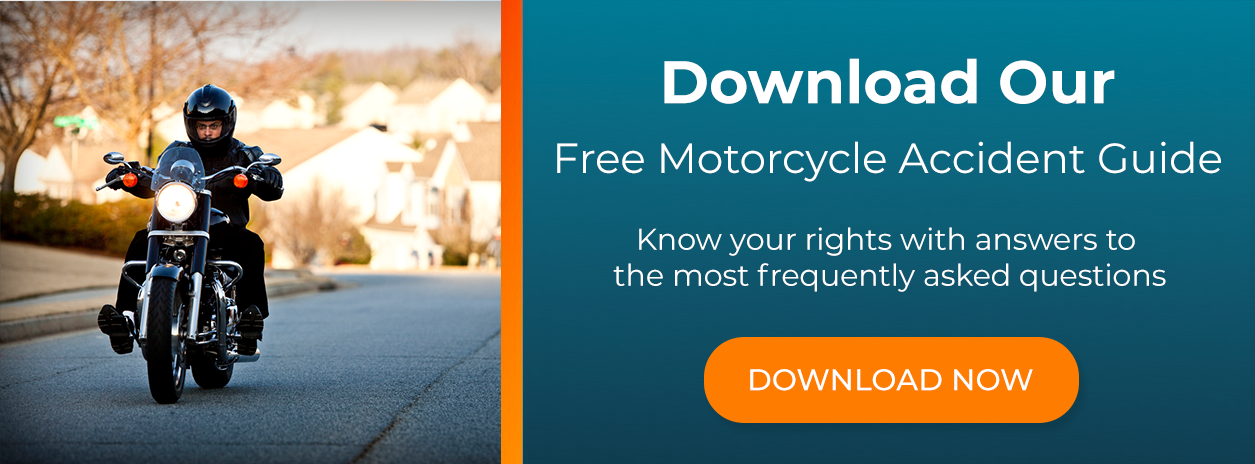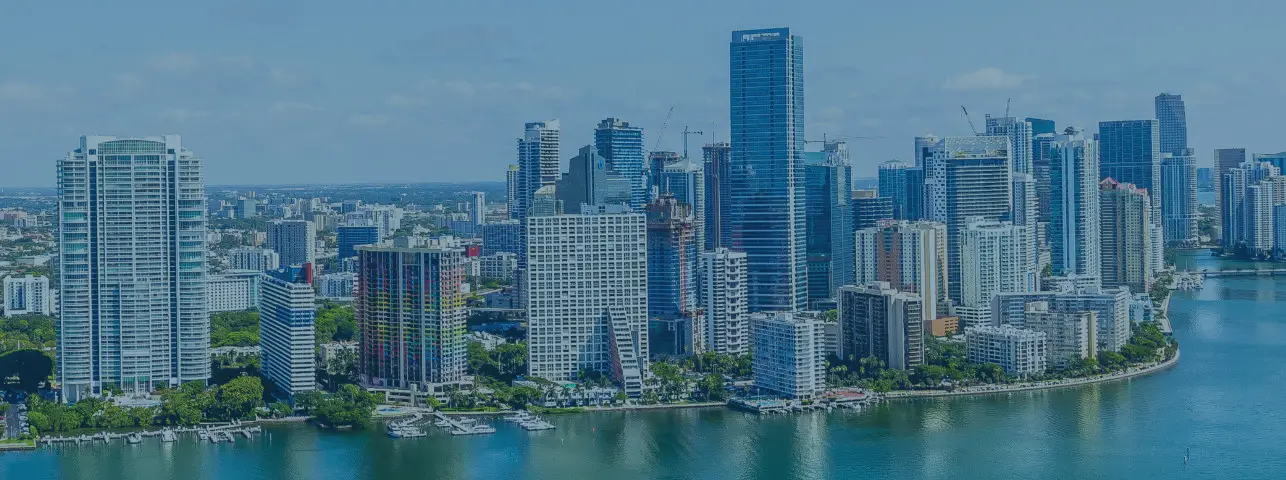College Station Motorcycle Accident Attorneys
While motorcycles make up only six percent of all injuries and fatalities overall, the costs average $12 billion annually. Motorcycles have a much higher rate of accidents than cars, and they have a much higher rate of injury and death. In a study conducted by the Centers for Disease Control, it was found that costs were much higher due to an increase in the severity of the injuries. This increase in severity can be attributed to the exposed nature of the person on a motorcycle and often, the lack of helmet requirement laws. In fact, the likelihood of injury during a motorcycle accident is very high: ninety-eight percent of multiple vehicle collisions and ninety-six percent of single vehicle accidents result in some form of injury to the motorcycle rider.
Once a collision has happened, and/or there has been a loss of control of the motorcycle, there are often secondary injuries and/or fatalities including:
- Concussive and brain injury –this happens when the head strikes against other vehicles or objects. Injuries also occur from colliding with protective barriers, signs, fences, and street lamp posts.
- Soft tissue injuries – will happen in the area of skin and muscle due to sliding and scraping across the surface of the road.
- Facial disfigurement – happens in approximately thirty-five percent of all motorcycle accidents as a result of an unprotected face sliding across the ground or striking an object.
- Broken bones – results from falling and/or striking objects. Breaks occur in arms, shoulder, back, legs, and neck with the most common break occurring in the shoulder and the pelvis.
- Biker’s arm – occurs when the nerves in the upper arm are damaged in the fall resulting in permanent paralysis and loss of movement.
Call or text 800-863-5312 or complete a Free Case Evaluation form


























